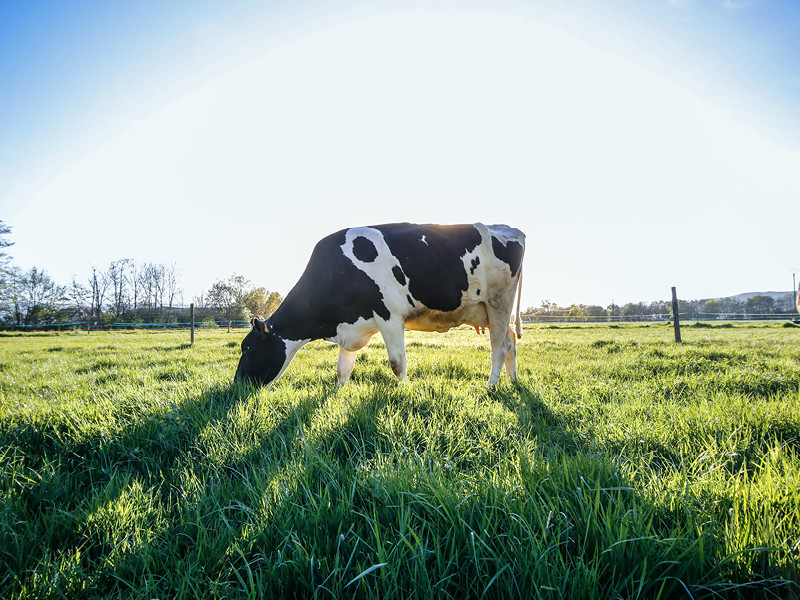
Forward collision warning system: four words that might save your life
The latest edition of the National Truck Accident Research Centre’s yearly report is now available. It’s the tenth report commissioned by NTI’s transport research arm. The good news is that the frequency of truck crashes decreased dramatically during the COVID-19 pandemic. Fatigue crashes have reached their lowest level ever.
The report also highlighted some areas of concern, including ‘Inappropriate Speed’ single vehicle rollover crashes and ‘Inadequate Following Distance’ multi-vehicle nose-to-tail crashes.
Inadequate following distance
Nearly ten per cent of crashes share the same cause and mechanism: inadequate following distance. Typically, they occur when traffic ahead slows suddenly and the truck driver cannot come to a stop before striking one or more of the vehicles ahead.
Notably, most of these crashes do not involve trucks exceeding the speed limit.
It’s a complex interaction, says Adam Gibson, Transport and Logistic Risk Engineer and report author.
“Truck driver following distance is significantly impacted by the behaviour of other drivers on the road. Talk to any truck driver, and they’ll tell you that if you leave the full stopping distance, then cars will overtake you, merge into the space and slow down.
“Then you’ll have to slow down more to re-establish the stopping distance, and it feels like you end up driving backwards down the highway.”
Following distance is a ‘whole of traffic’ problem. Car driver behaviour is a crucial contributor to the risks, and regulatory intervention is required. Truck drivers need to play a leadership role as well.
There’s no doubt that a skilled and alert driver is any truck’s most important and most effective safety system. But as with any safety setup, a layered, multi-system approach will give the best results.
That’s where advanced emergency braking (AEB) and forward-collision warning systems (FCWS) can play a critical role.
FCWS explained
FCWSes are proactive systems. They use various technologies, including cameras and radar, to monitor road conditions ahead. When they detect a critical situation, they give the driver an active alert, typically a flashing light or indicator coupled with an alarm tone.
Unlike an AEB system, an FCWS will alert the driver but not intervene – that is, it cannot activate the truck’s brakes. They can be fitted as an OEM or an aftermarket inclusion and can include other advanced driver assistance system (ADAS) features, such as blind spot and speed limit monitoring.
They typically take the form of a small unit that attaches to a truck’s dashboard. A front-mounted display will show upcoming hazards, often with a colour code indicating the likely risk (depending on size, distance, speed and other factors).
“If someone throws a ball at you, human response times tend to be point three, point four of a second,” Adam says.
“If you don’t know something’s coming, a more reasonable response time is one second.
“The problem is that truck brakes take time to activate. The air that signals to the brakes that they need to activate takes around point six of a second to activate braking on the truck itself, with additional time required for that signal to each trailer in turn.
“An FCWS can cut that initial second or so of driver reaction time and help get the truck stopping sooner.”
Stopping short of disaster
The stopping distance for an A-double combination (including driver reaction time and brake response time) is around 157 metres – just over one and a half football fields. Even split seconds count in an emergency, especially if cars have changed lanes into a truck’s on-road stopping distance.
“We know that following distance is affected by other vehicles and road users and we are actively advocating for further action to influence car driver behaviour around trucks” says Adam.
“Australian truck drivers already have high levels of safety performance. But using technologies like FCWS can help them manage roads and road users better, making them safer for everyone.”
HIGHLIGHTS
- Nearly 10% of crashes share the same cause and mechanism: inadequate following distance
- FCWS use various technologies including cameras and radar to monitor road conditions ahead
- The stopping distance for an A-double combination is around 157 metres - just over one and half football fields


